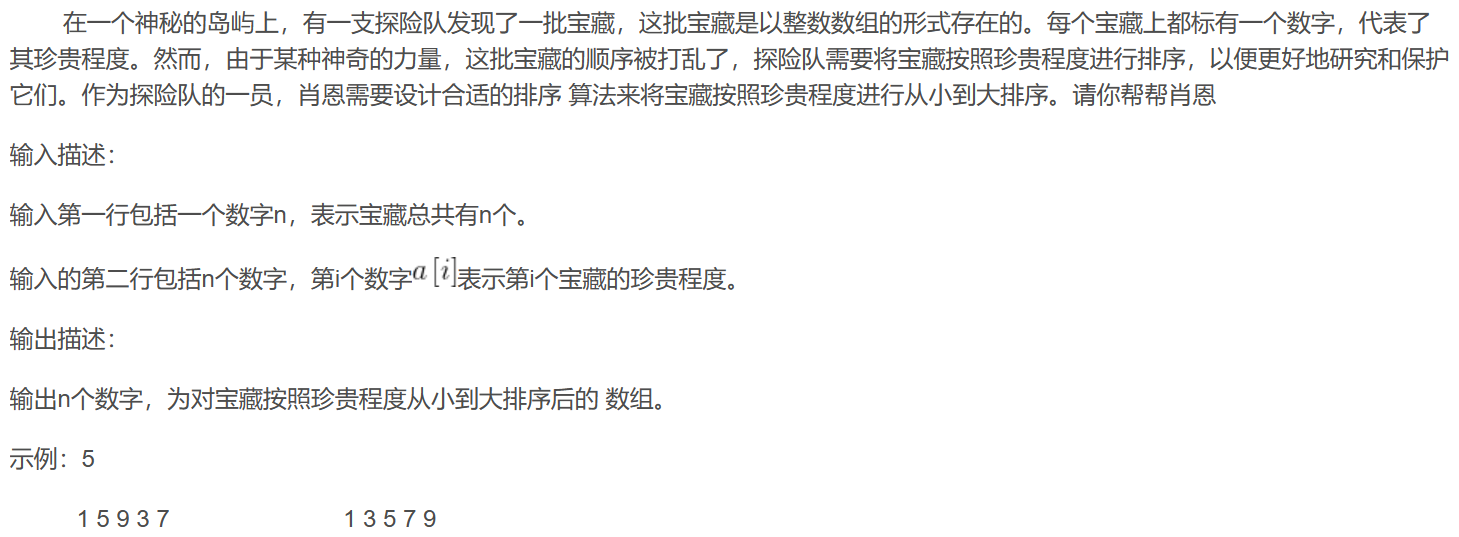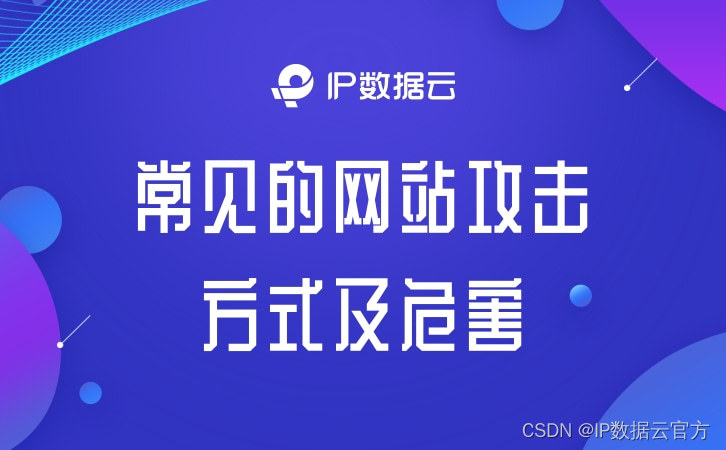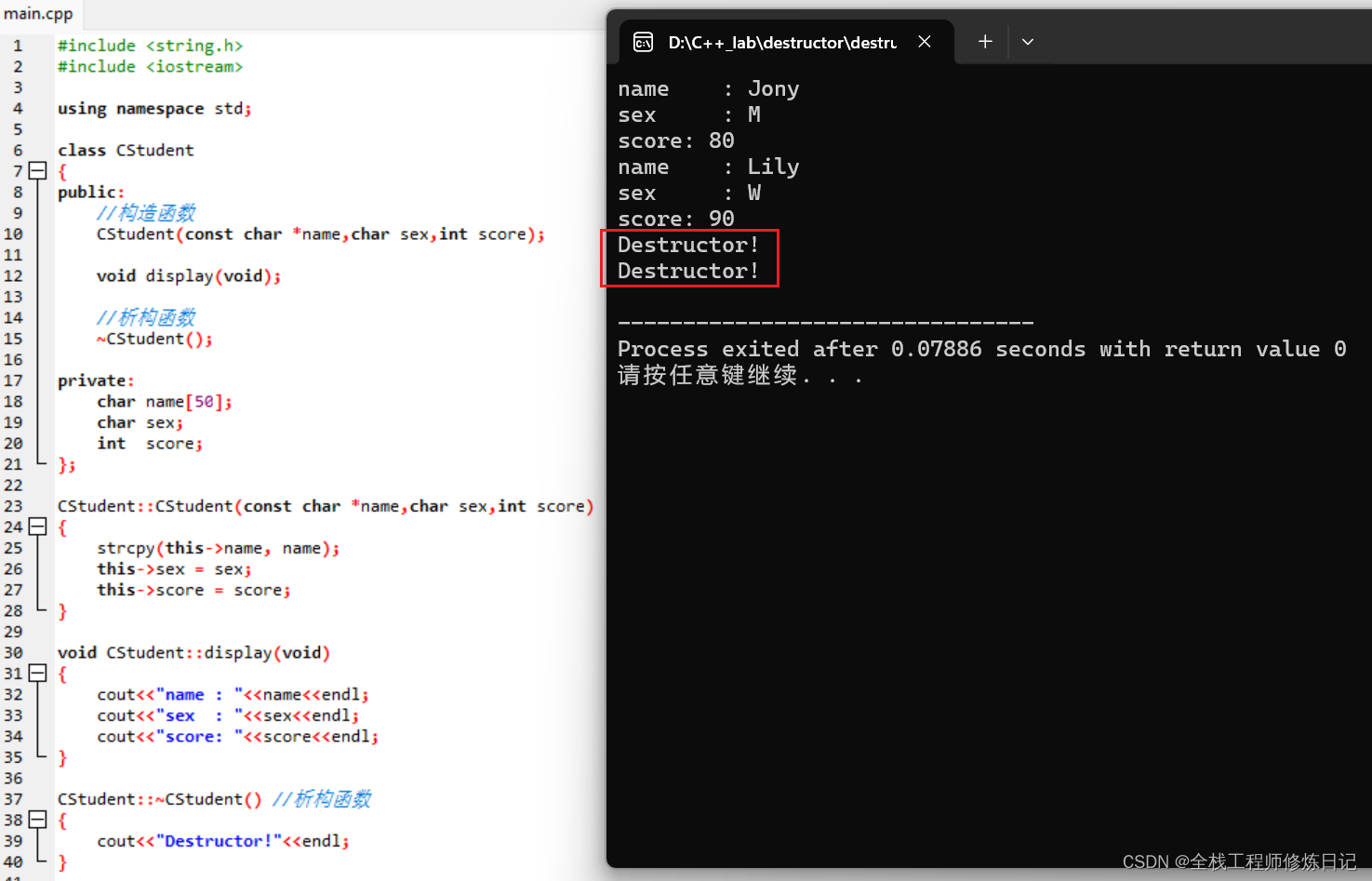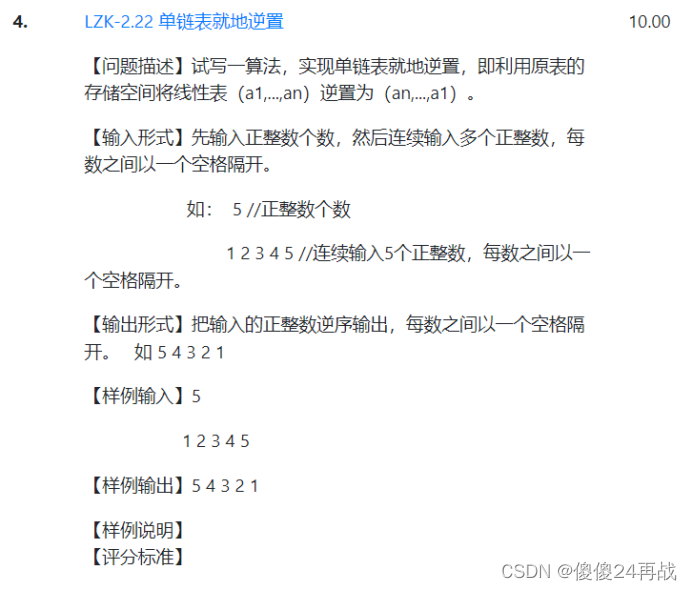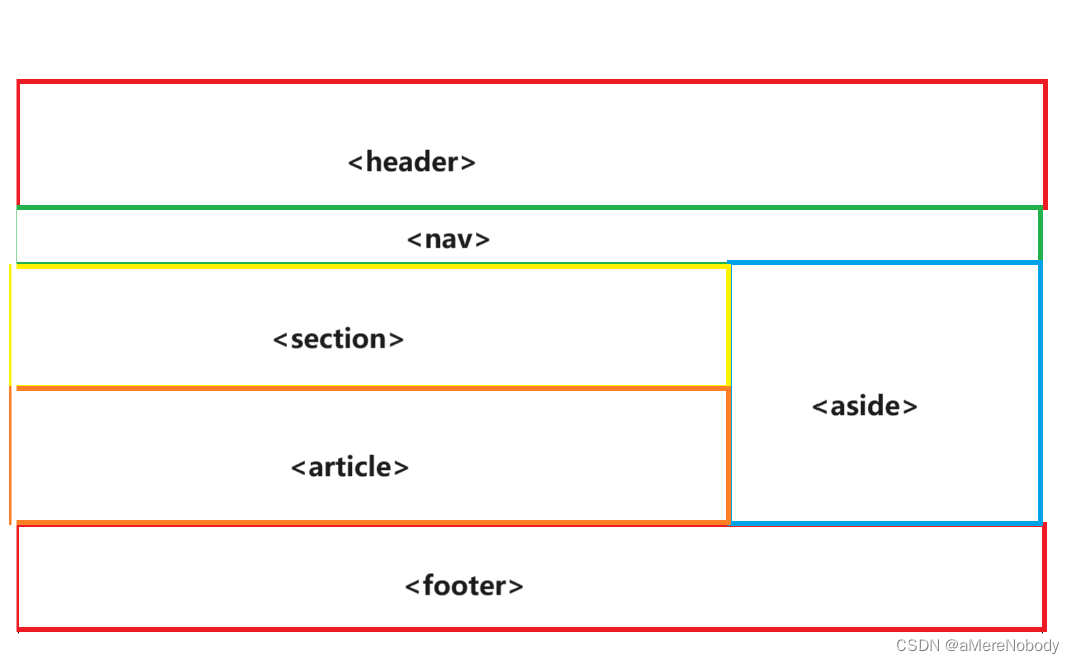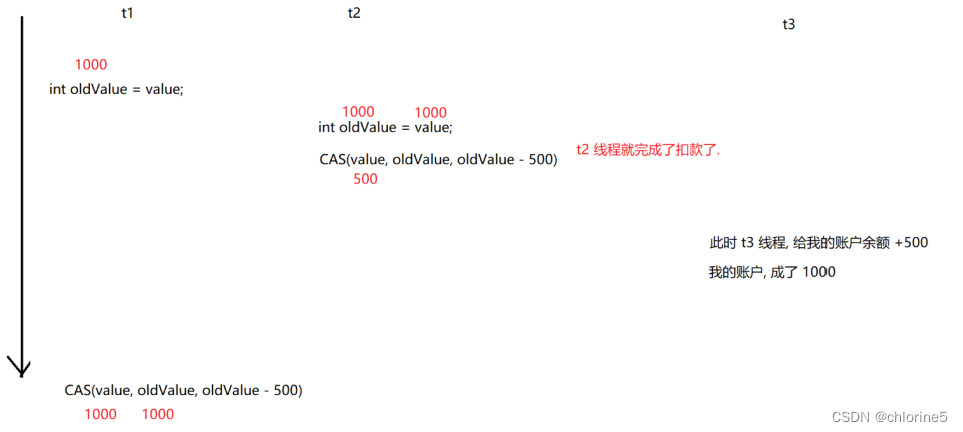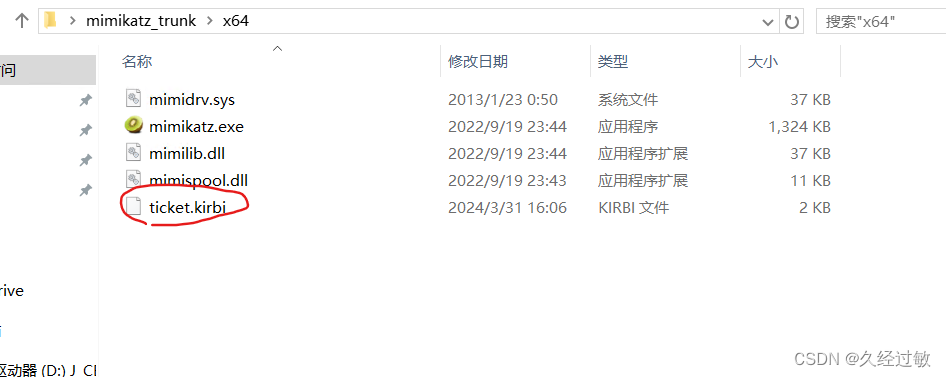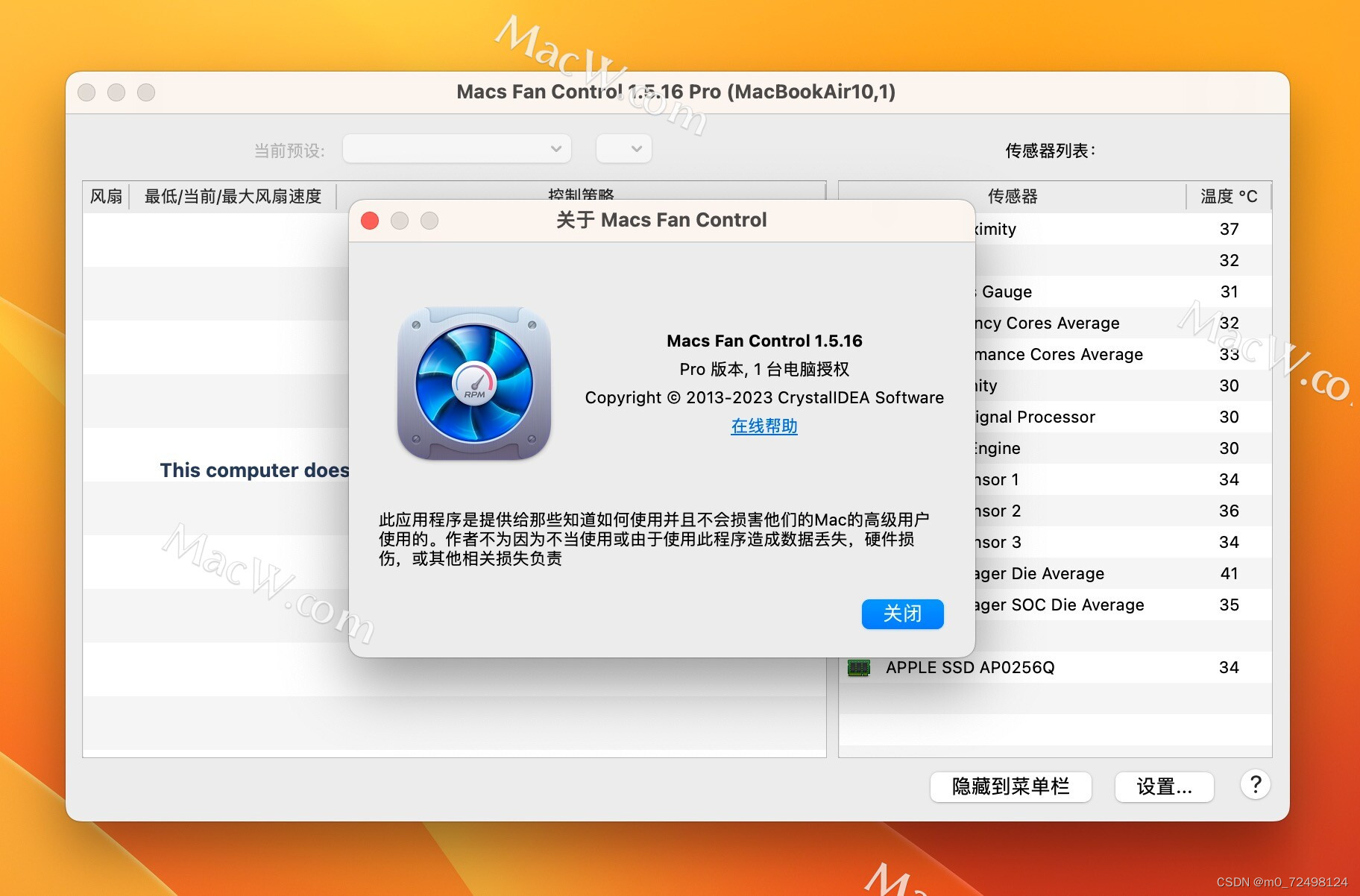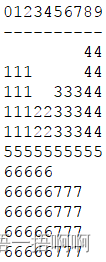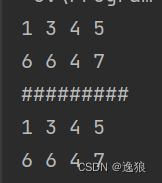项目中发现一个奇怪的现象
RecyclerView 加载完数据以后,调用 notifyItemInserted 方法,RecyclerView 会滑动到底部。
简化后的效果图:

因为这个 RecyclerView 的适配器有一个 FootViewHolder,所以怀疑是 FootViewHolder 的问题。通过源码分析,果然是 FootViewHolder 的问题。接下来就一步一步分析一下原因。
适配器代码
class TestAnimatorAdapter(
private val context: Context
) : RecyclerView.Adapter<TestAnimatorAdapter.ViewHolder>() {
companion object {
val TYPE_FOOT = 1
val FOOT_COUNT = 1
}
val dataList = mutableListOf<CheckBoxModel>()
fun onDataSourceChanged(dataList: MutableList<CheckBoxModel>) {
this.dataList.clear()
this.dataList.addAll(dataList)
}
override fun onCreateViewHolder(parent: ViewGroup, viewType: Int): ViewHolder {
if (viewType == TYPE_FOOT) {
val view =
LayoutInflater.from(context).inflate(R.layout.foot_view_load_more, parent, false)
return FootViewHolder(view)
}
val view =
LayoutInflater.from(context).inflate(R.layout.item_test_animation, parent, false)
return ViewHolder(view)
}
override fun onBindViewHolder(holder: ViewHolder, position: Int) {
if (position == itemCount - 1) {
return
}
val model = dataList[position]
holder.checkBox?.isSelected = model.isChecked
holder.textDescription?.text = model.description
}
override fun getItemCount(): Int {
return dataList.size + FOOT_COUNT
}
override fun getItemViewType(position: Int): Int {
if (position == itemCount - 1) {
return TYPE_FOOT
}
return super.getItemViewType(position)
}
open class ViewHolder(itemView: View) : RecyclerView.ViewHolder(itemView) {
var checkBox: CheckBox? = null
var textDescription: TextView? = null
init {
checkBox = itemView.findViewById(R.id.check_box)
textDescription = itemView.findViewById(R.id.text_description)
}
}
class FootViewHolder(itemView: View) : ViewHolder(itemView)
}
适配器有一个 FooterViewHolder。
测试代码:添加4个数据,然后调用 notifyItemInserted 方法。
binding.btnNotifyItemChanged.setOnClickListener {
val newArrayList = arrayListOf<CheckBoxModel>()
for (i in 0 until 4) {
newArrayList.add(CheckBoxModel("hi Hello$i", false))
}
testAnimatorAdapterAdapter.onDataSourceChanged(newArrayList)
for (index in 0 until 4) {
//总共添加了4条数据,调用4次 notifyItemInserted
testAnimatorAdapterAdapter.notifyItemInserted(index)
}
}
调用 Adapter#notifyItemInserted 方法以后,会调用 RecyclerView 的 dispatchLayout 方法。
void dispatchLayout() {
//...
mState.mIsMeasuring = false;
if (mState.mLayoutStep == State.STEP_START) {
//注释1处,调用dispatchLayoutStep1方法。
dispatchLayoutStep1();
mLayout.setExactMeasureSpecsFrom(this);
//注释2处,调用dispatchLayoutStep2方法。
dispatchLayoutStep2();
} else if (mAdapterHelper.hasUpdates() || mLayout.getWidth() != getWidth()
|| mLayout.getHeight() != getHeight()) {
// First 2 steps are done in onMeasure but looks like we have to run again due to
// changed size.
mLayout.setExactMeasureSpecsFrom(this);
dispatchLayoutStep2();
} else {
mLayout.setExactMeasureSpecsFrom(this);
}
//注释3处,调用dispatchLayoutStep3方法。
dispatchLayoutStep3();
}
dispatchLayoutStep1 预布局阶段
在预布局阶段,首先会调用 RecyclerView 的 offsetPositionRecordsForInsert 方法,将已有的 FootViewHolder 向后移动,为插入的ViewHolder 留出位置。在我们的例子中,添加了4条数据,调用4次 notifyItemInserted 。最后 FootViewHolder 的 position 从 0 变化到 4 。
void offsetPositionRecordsForInsert(int positionStart, int itemCount) {
final int childCount = mChildHelper.getUnfilteredChildCount();
for(int i = 0; i < childCount; i++) {
final ViewHolder holder = getChildViewHolderInt(mChildHelper.getUnfilteredChildAt(i));
if(holder != null && !holder.shouldIgnore() && holder.mPosition >= positionStart) {
if(sVerboseLoggingEnabled) {
Log.d(TAG, "offsetPositionRecordsForInsert attached child " + i + " holder " + holder + " now at position " + (holder.mPosition + itemCount));
}
holder.offsetPosition(itemCount, false);
mState.mStructureChanged = true;
}
}
mRecycler.offsetPositionRecordsForInsert(positionStart, itemCount);
requestLayout();
}
在debug的时候,评估一下FootViewHolder 。Evaluate FootViewHolder
FootViewHolder{bd564b0 position=4 id=-1, oldPos=0, pLpos:0}
然后就没什么特殊的,dispatchLayoutStep1方法内部会调用一次 mLayout.onLayoutChildren(mRecycler, mState);,进行预布局。预布局结束的时候,只有一个FootViewHolder。 FootViewHolder还是被布局在了 position = 0 的位置。 预布局的时候,使用的是 pLpos = 0 。
这里要注意一下:预布局结束的时候,FootViewHolder 的 position=4 。在 dispatchLayoutStep2 阶段布局的时候,使用的是 position。也就是说会把 FootViewHolder 布局在 position=4 的位置。
dispatchLayoutStep2
内部会调用一次 mLayout.onLayoutChildren(mRecycler, mState);,进行布局。
这个时候先评估一下 LinearLayoutManager.mAnchorInfo 的值
AnchorInfo{mPosition=4, mCoordinate=0, mLayoutFromEnd=false, mValid=true}
注意:此时锚点位置 mAnchorInfo.mPosition = 4 。
onLayoutChildren 方法内部,
-
先 detachAndScrapAttachedViews 回收 FootViewHolder。没啥可说的。
-
然后调用 updateLayoutStateToFillEnd(AnchorInfo anchorInfo) 方法。将 mLayoutState.mCurrentPosition 设置为 4。
-
然后调用 fill 方法进行填充。这时候,锚点位置是 4,对应的 ViewHolder是 FootViewHolder ,所以会先布局 FootViewHolder。FootViewHolder ,布局位置(layoutDecoratedWithMargins)是 top = 0,bottom = 144。(FootView 的高度就是144)
-
然后 FootViewHolder 后面没有数据了。此时 mLayoutState.mCurrentPosition = 5。(Adapter 只有 4条数据加一个Foot,position最大是4)。从锚点开始向下填充结束。
接下来要从锚点开始向上填充
LinearLayoutManager 的 onLayoutChildren 方法中部分代码
// fill towards start
updateLayoutStateToFillStart(mAnchorInfo);
mLayoutState.mExtraFillSpace = extraForStart;
//注释1处,这里会将 mLayoutState.mCurrentPosition 改为3
mLayoutState.mCurrentPosition += mLayoutState.mItemDirection;
fill(recycler, mLayoutState, state, false);
先调用 updateLayoutStateToFillStart(AnchorInfo anchorInfo) 方法。更新一些信息。将mLayoutState.mLayoutDirection 赋值为 LayoutState.LAYOUT_START(值是-1);
紧接着调用了一行代码 mLayoutState.mCurrentPosition += mLayoutState.mItemDirection;。向上填充的时候,mLayoutState.mItemDirection = -1。计算出来,mLayoutState.mCurrentPosition = 4 - 1 = 3。
然后调用 fill 方法向上填充:
layoutChunk 方法中 ViewHolder3 的 布局 layoutDecoratedWithMargins(view, left, top, right, bottom); 位置是在 FootViewHolder 上面 top = -900,bottom = 0。
ViewHolder2 的 布局位置是 top = -1800,bottom = -900。
ViewHolder1 的 布局位置是 top = -2700,bottom = -1800。
布局完 ViewHolder1,以后,remainingSpace < 0 ,结束向上填充。
为什么会结束呢,在我们的例子中,remainingSpace = 2255 ,布局完 144 + Math.abs(-2700),已经大于 2255 了。
这个时候,FootViewHolder 的位置是 top = 0,bottom = 144。距离 RecyclerView 的底部还有很大的一段距离(在我们的例子中是 2111像素)。然后会走到 fixLayoutEndGap 方法。
private int fixLayoutEndGap(int endOffset, RecyclerView.Recycler recycler,
RecyclerView.State state, boolean canOffsetChildren) {
//注释1处,这里大于0,2111px,表示end方向有空隙
int gap = mOrientationHelper.getEndAfterPadding() - endOffset;
int fixOffset = 0;
if(gap > 0) {
//注释2处,向下滚动
fixOffset = -scrollBy(-gap, recycler, state);
} else {
return 0; // nothing to fix
}
// move offset according to scroll amount
endOffset += fixOffset;
if(canOffsetChildren) {
// re-calculate gap, see if we could fix it
gap = mOrientationHelper.getEndAfterPadding() - endOffset;
if(gap > 0) {
mOrientationHelper.offsetChildren(gap);
return gap + fixOffset;
}
}
return fixOffset;
}
注释1处,这里大于0,表示end方向有空隙。
注释2处,向下滚动。这个时候,最大滚动距离是 2111 像素。
int scrollBy(int delta, RecyclerView.Recycler recycler, RecyclerView.State state) {
if(getChildCount() == 0 || delta == 0) {
return 0;
}
ensureLayoutState();
mLayoutState.mRecycle = true;
final int layoutDirection = delta > 0 ? LayoutState.LAYOUT_END : LayoutState.LAYOUT_START;
final int absDelta = Math.abs(delta);
updateLayoutState(layoutDirection, absDelta, true, state);
final int consumed = mLayoutState.mScrollingOffset + fill(recycler, mLayoutState, state, false);
if(consumed < 0) {
if(DEBUG) {
Log.d(TAG, "Don't have any more elements to scroll");
}
return 0;
}
final int scrolled = absDelta > consumed ? layoutDirection * consumed : delta;
//注释1处,偏移子View
mOrientationHelper.offsetChildren(-scrolled);
if(DEBUG) {
Log.d(TAG, "scroll req: " + delta + " scrolled: " + scrolled);
}
mLayoutState.mLastScrollDelta = scrolled;
return scrolled;
}
注释1处,偏移所有的子View。也就是说所有的子View向下滚动了2111像素。
FootViewHolder会偏移到 RecyclerView 的底部。 FootViewHolder 的 top = 2111,bottom = 2255。
滚动了这么多的距离,需要填充新的ViewHolder吗?不需要,我们在上面分析中,ViewHolder1 的 top 是 -2700足够滚动到屏幕中,还有剩余589px。
ViewHolder3 的 top 是 1211 ,bottom 是 2111。
ViewHolder2 的 top 是 311,bottom 是 1211。
ViewHolder1 的 top 是 -589,bottom 是 311。
dispatchLayoutStep2 结束
dispatchLayoutStep3 阶段,执行动画
记录当前阶段的动画信息,对比 dispatchLayoutStep1 阶段记录的动画信息,执行合适的动画。
FootViewHolder 会执行 move 动画。此时 FootViewHolder 的 top 是 2111。
动画开始前,把 FootViewHolder 的 translationY 设置为 -2111。在动画过程中,变化到 translationY = 0 。 实现了从上滑动到底部的效果。
新增的 ViewHolder 会执行 alpha 透明度动画。动画开始前 alpha = 0,动画结束后 alpha = 1。
dispatchLayoutStep3 结束
先说下结论
- 调用 notifyItemInserted 方法的时候,会把 FootViewHolder 的 position 向下偏移。在预布局 dispatchLayoutStep1 结束的时候, FootViewHolder 的 position = 4。
- 在 dispatchLayoutStep2 阶段,会以 FootViewHolder 为锚点 position = 4 进行填充。先填充 FootViewHolder。此时FootViewHolder 布局在屏幕中的坐标是 top = 0,bottom = 144。(FootView 的高度就是144)
- 从 position =5 向锚点下方填充,此时没有更多的数据。
- position = 3 向锚点上方填充,直到没有更多空间。
- 此时 FootViewHolder 距离 RecyclerView底部还有很大一段距离。RecyclerView 会向下偏移所有的子View,结束后,FootViewHolder的bottom 就是 RecyclerView的 最底部的坐标。
- dispatchLayoutStep3 阶段,FootViewHolder 执行一个 move 动画,从上向下移动一段距离。
- 新创建的 ViewHolder 执行 alpha 动画,从透明到不透明。
在搞明白了这个问题以后,又想到另一个问题。
如果给适配器加一个HeadViewHolder,那么 notifyItemInserted 以后,RecyclerView 就会以会以 HeadViewHolder 为锚点,从上到下进行布局,是不是就可以解决 因为 有FootViewHolder 而导致 RecyclerView自动滚动到底部的问题呢?,我们来验证一下。
改造过后的适配器代码 有一个 HeadViewHolder,并且新增了一个 myNotifyItemInserted 方法。。
class TestAnimatorAdapter(
private val context: Context
) : RecyclerView.Adapter<TestAnimatorAdapter.ViewHolder>() {
companion object {
val TYPE_HEADER = -1
val TYPE_FOOTER = 1
val HEAD_COUNT = 1
val FOOT_COUNT = 1
private const val TAG = "TestAnimatorAdapterAdap"
}
val dataList = mutableListOf<CheckBoxModel>()
fun onDataSourceChanged(dataList: MutableList<CheckBoxModel>) {
this.dataList.clear()
this.dataList.addAll(dataList)
}
/**
* 这里一定要注意了,因为有head,所以要加上head的数量
*/
fun myNotifyItemInserted(position: Int) {
notifyItemInserted(position + HEAD_COUNT)
}
override fun onCreateViewHolder(
parent: ViewGroup,
viewType: Int
): ViewHolder {
if (viewType == TYPE_HEADER) {
val view = LayoutInflater.from(context).inflate(R.layout.head_view, parent, false)
return HeadViewHolder(view)
}
if (viewType == TYPE_FOOTER) {
val view =
LayoutInflater.from(context).inflate(R.layout.foot_view_load_more, parent, false)
return FootViewHolder(view)
}
val view =
LayoutInflater.from(context).inflate(R.layout.item_test_animation, parent, false)
return ViewHolder(view)
}
override fun onBindViewHolder(holder: ViewHolder, position: Int) {
if (position == 0) {
return
}
if (position == itemCount - 1) {
return
}
val dataPosition = position - 1
val model = dataList[dataPosition]
holder.checkBox?.isSelected = model.isChecked
holder.textDescription?.text = model.description
Log.i(
TAG,
"onBindViewHolder: dataPosition = $dataPosition holder = $holder model = $model"
)
}
override fun getItemCount(): Int {
return dataList.size + HEAD_COUNT + FOOT_COUNT
}
override fun getItemViewType(position: Int): Int {
if (position == 0) {
return TYPE_HEADER
}
if (position == itemCount - 1) {
return TYPE_FOOTER
}
return super.getItemViewType(position)
}
open class ViewHolder(itemView: View) : RecyclerView.ViewHolder(itemView) {
var checkBox: CheckBox? = null
var textDescription: TextView? = null
init {
checkBox = itemView.findViewById(R.id.check_box)
textDescription = itemView.findViewById(R.id.text_description)
}
}
class HeadViewHolder(itemView: View) : ViewHolder(itemView) {
}
class FootViewHolder(itemView: View) : ViewHolder(itemView) {
}
这里一定要注意了:
/**
* 这里一定要注意了,因为有head,所以要加上head的数量
*/
fun myNotifyItemInserted(position: Int) {
notifyItemInserted(position + HEAD_COUNT)
}
因为有 head,在 notifyItemInserted 的时候,position 要要加上 head 的数量。
测试代码
binding.btnNotifyItemChanged.setOnClickListener {
val newArrayList = arrayListOf<CheckBoxModel>()
for (i in 0 until 4) {
newArrayList.add(CheckBoxModel("hi Hello$i", false))
}
testAnimatorAdapterAdapter.onDataSourceChanged(newArrayList)
for (index in 0 until 4) {
//总共添加了4条数据,调用4次 notifyItemInserted
testAnimatorAdapterAdapter.myNotifyItemInserted(index)
}
}
效果图:

可以看到,RecyclerView 不会自动滚动到底部。
如果这里不加上 Head 的数量,RecyclerView 会以 HeadViewHolder 为锚点,向下布局,然后再以 HeadViewHolder 为锚点向上布局。在我们的例子中,导致最后的结果是,RecyclerView 还是会自动滚动到底部。
测试代码 调用 testAnimatorAdapterAdapter.notifyItemInserted(index)
binding.btnNotifyItemChanged.setOnClickListener {
val newArrayList = arrayListOf<CheckBoxModel>()
for (i in 0 until 4) {
newArrayList.add(CheckBoxModel("hi Hello$i", false))
}
testAnimatorAdapterAdapter.onDataSourceChanged(newArrayList)
for (index in 0 until 4) {
//总共添加了4条数据,调用4次 notifyItemInserted
testAnimatorAdapterAdapter.notifyItemInserted(index)
}
}
效果图:

为什么呢?因为 notifyItemInserted 从 0 开始布局,会将 HeadViewHolder 向下偏移。最后 HeadViewHolder 的 position = 4 。关键的方法是 RecyclerView 的 offsetPositionRecordsForInsert 方法:
void offsetPositionRecordsForInsert(int positionStart, int itemCount) {
final int childCount = mChildHelper.getUnfilteredChildCount();
for(int i = 0; i < childCount; i++) {
final ViewHolder holder = getChildViewHolderInt(mChildHelper.getUnfilteredChildAt(i));
//注释1处,偏移 position >= positionStart 的 ViewHolder
if(holder != null && !holder.shouldIgnore() && holder.mPosition >= positionStart) {
holder.offsetPosition(itemCount, false);
mState.mStructureChanged = true;
}
}
mRecycler.offsetPositionRecordsForInsert(positionStart, itemCount);
requestLayout();
}
注释1处,偏移 position >= positionStart 的 ViewHolder。在我们的例子中,HeadViewHolder 的 position = 0,从 0 开始 notifyItemInserted,会将 HeadViewHolder 向下偏移。最后 HeadViewHolder 的 position = 4 。然后开始布局的时候,position = 4 的位置 itemType 是正常的ViewHolder,所以 position = 4 的位置布局的是正常的ViewHolder。 position = 5 是 FootViewHolder。
还想到一个问题,只有 FootView 的时候,为什么调用 notifyDataChanged 以后,RecyclerView 不会自动滚动到底部呢?

原因是:
- 调用notifyDataSetChanged 不会偏移 FootViewHolder。FootViewHolder 的 position = 0。
- dispatchLayoutStep2 阶段,会以 FootViewHolder 为锚点,从 position = 0 开始布局。
- position = 0 的位置 ItemType 是正常的 ViewHolder。
- 然后一直向下布局,直到没有更多的空间 remainingSpace ,结束布局。
参考链接:
- RecyclerView第一次设置LayoutManager和Adapter之后的源码分析
- RecyclerView源码分析之二 滚动时候的ViewHolder的回收和复用
- RecyclerView notifyDataSetChanged 之后的源码分析
- RecyclerView notifyItemInserted 之后的源码分析
- RecyclerView notifyItemRemoved 之后的源码分析
